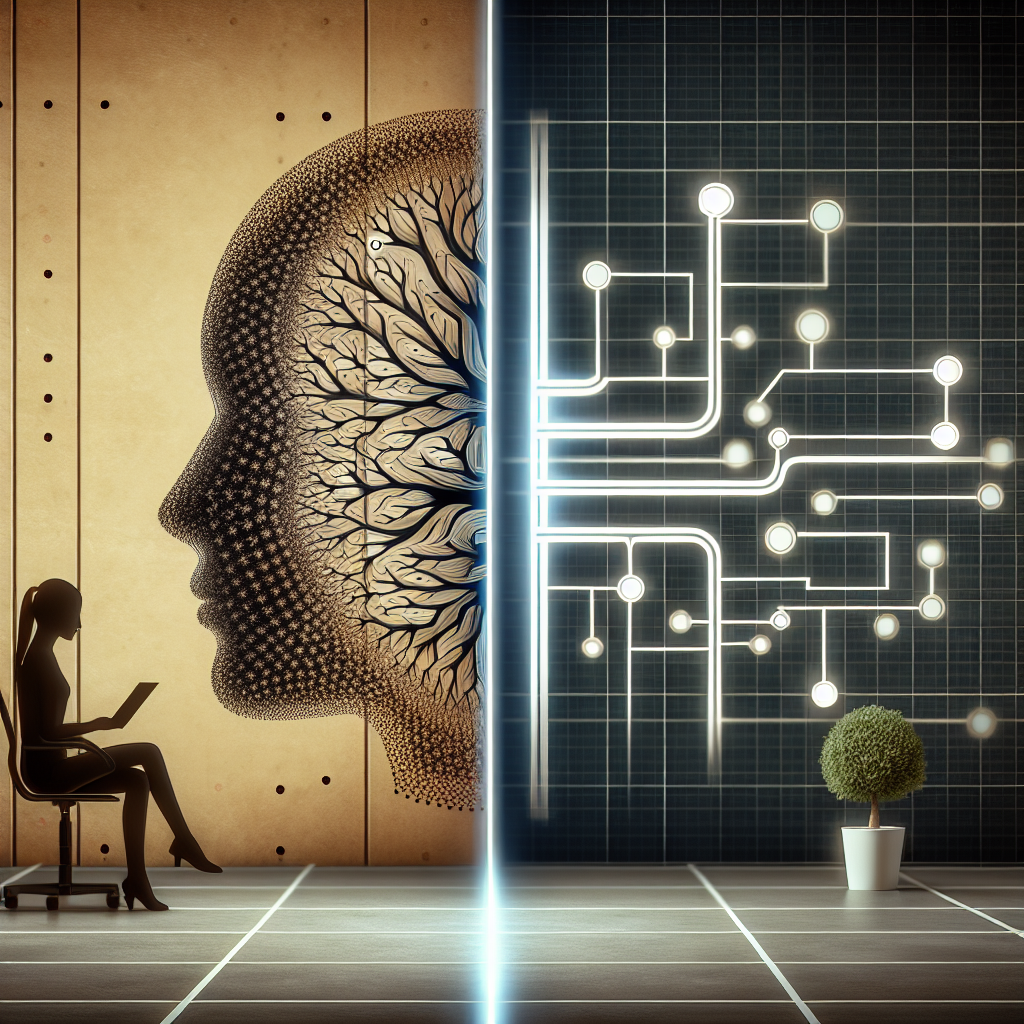Artificial Intelligence (AI) has become a buzzword in recent years, with advancements in technology enabling machines to perform tasks that were once thought to be exclusively within the realm of human intelligence. However, not all AI is created equal. There are two main categories of AI: Narrow AI and Artificial General Intelligence (AGI). While both types of AI are capable of performing tasks that require intelligence, they differ in their scope and capabilities. In this article, we will explore the differences between AGI and Narrow AI, what sets them apart, and their respective strengths and limitations.
Narrow AI, also known as Weak AI, is designed to perform specific tasks or solve specific problems. This type of AI is highly specialized and focused on a narrow set of tasks, such as image recognition, natural language processing, or playing chess. Narrow AI is trained on specific data sets and algorithms that enable it to perform these tasks with a high degree of accuracy. However, Narrow AI lacks the ability to generalize its knowledge and apply it to a wide range of tasks beyond its specific domain.
On the other hand, AGI, also known as Strong AI or Human-Level AI, is a type of AI that possesses the ability to understand, learn, and apply knowledge in a way that is comparable to human intelligence. AGI is not limited to a specific set of tasks or domains but has the potential to perform a wide range of cognitive tasks, including reasoning, problem-solving, and decision-making. AGI is designed to be able to learn from experience, adapt to new situations, and apply its knowledge to a variety of tasks in a flexible and creative manner.
So, what sets AGI apart from Narrow AI? The key difference lies in the level of intelligence and capabilities of the two types of AI. While Narrow AI is limited to performing specific tasks within a narrow domain, AGI has the potential to exhibit human-like intelligence and reasoning across a wide range of tasks and domains. AGI is designed to be able to learn and adapt in a way that Narrow AI cannot, making it more versatile and capable of handling complex and diverse tasks.
Another key difference between AGI and Narrow AI is the level of autonomy and self-awareness. AGI is designed to be able to make decisions, learn from its experiences, and adapt to new situations without human intervention. AGI has the potential to exhibit self-awareness and consciousness, enabling it to have a sense of its own existence and make decisions based on its own goals and desires. In contrast, Narrow AI is programmed to perform specific tasks based on pre-defined rules and algorithms, without the ability to learn or adapt beyond its specific domain.
Despite these differences, both AGI and Narrow AI have their strengths and limitations. Narrow AI is highly specialized and efficient at performing specific tasks with a high degree of accuracy and speed. Narrow AI is widely used in a variety of applications, such as image recognition, natural language processing, and recommendation systems, where accuracy and efficiency are critical. However, Narrow AI is limited in its ability to generalize its knowledge and adapt to new situations beyond its specific domain.
On the other hand, AGI has the potential to exhibit human-like intelligence and reasoning across a wide range of tasks and domains. AGI is designed to be able to learn, adapt, and apply its knowledge in a flexible and creative manner, making it more versatile and capable of handling complex and diverse tasks. AGI has the potential to revolutionize industries and society by enabling machines to perform a wide range of cognitive tasks that were once thought to be exclusive to humans.
Despite the potential of AGI, there are still many challenges and limitations that need to be addressed before AGI becomes a reality. One of the biggest challenges is the development of algorithms and systems that can enable machines to exhibit human-like intelligence and reasoning. AGI requires advanced algorithms and architectures that can enable machines to learn, reason, and adapt in a way that is comparable to human intelligence. Another challenge is the ethical and societal implications of AGI, including concerns about job displacement, privacy, and control over AI systems.
In conclusion, AGI and Narrow AI are two distinct types of AI that differ in their scope, capabilities, and potential. While Narrow AI is highly specialized and efficient at performing specific tasks within a narrow domain, AGI has the potential to exhibit human-like intelligence and reasoning across a wide range of tasks and domains. AGI has the potential to revolutionize industries and society by enabling machines to perform a wide range of cognitive tasks that were once thought to be exclusive to humans. Despite the challenges and limitations, AGI holds great promise for the future of AI and technology.
FAQs:
Q: What are some examples of Narrow AI applications?
A: Some examples of Narrow AI applications include virtual assistants like Siri and Alexa, recommendation systems like Netflix and Amazon, and image recognition systems like Google Photos and Facebook.
Q: What are some examples of AGI applications?
A: While AGI is still a theoretical concept, some potential applications of AGI include autonomous robots, self-driving cars, and personalized healthcare systems.
Q: What are the ethical implications of AGI?
A: The development of AGI raises ethical concerns about job displacement, privacy, and control over AI systems. There are also concerns about the potential for AGI to exhibit self-awareness and consciousness, raising questions about the rights and responsibilities of AI systems.
Q: How close are we to achieving AGI?
A: While AGI is still a long way off, there has been significant progress in AI research and technology that is bringing us closer to achieving human-level intelligence in machines. Researchers and scientists are working on developing advanced algorithms and systems that can enable machines to exhibit human-like intelligence and reasoning.

